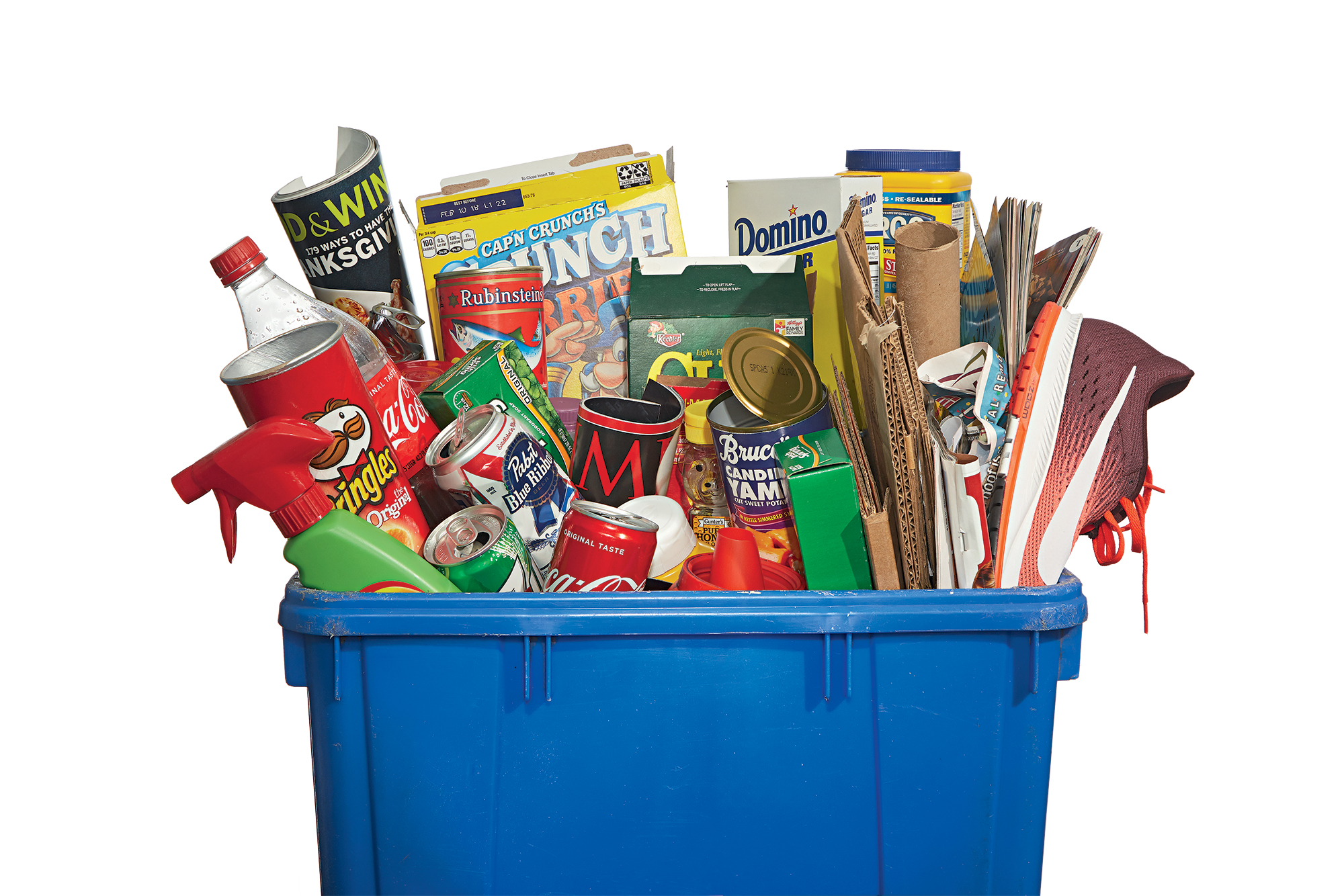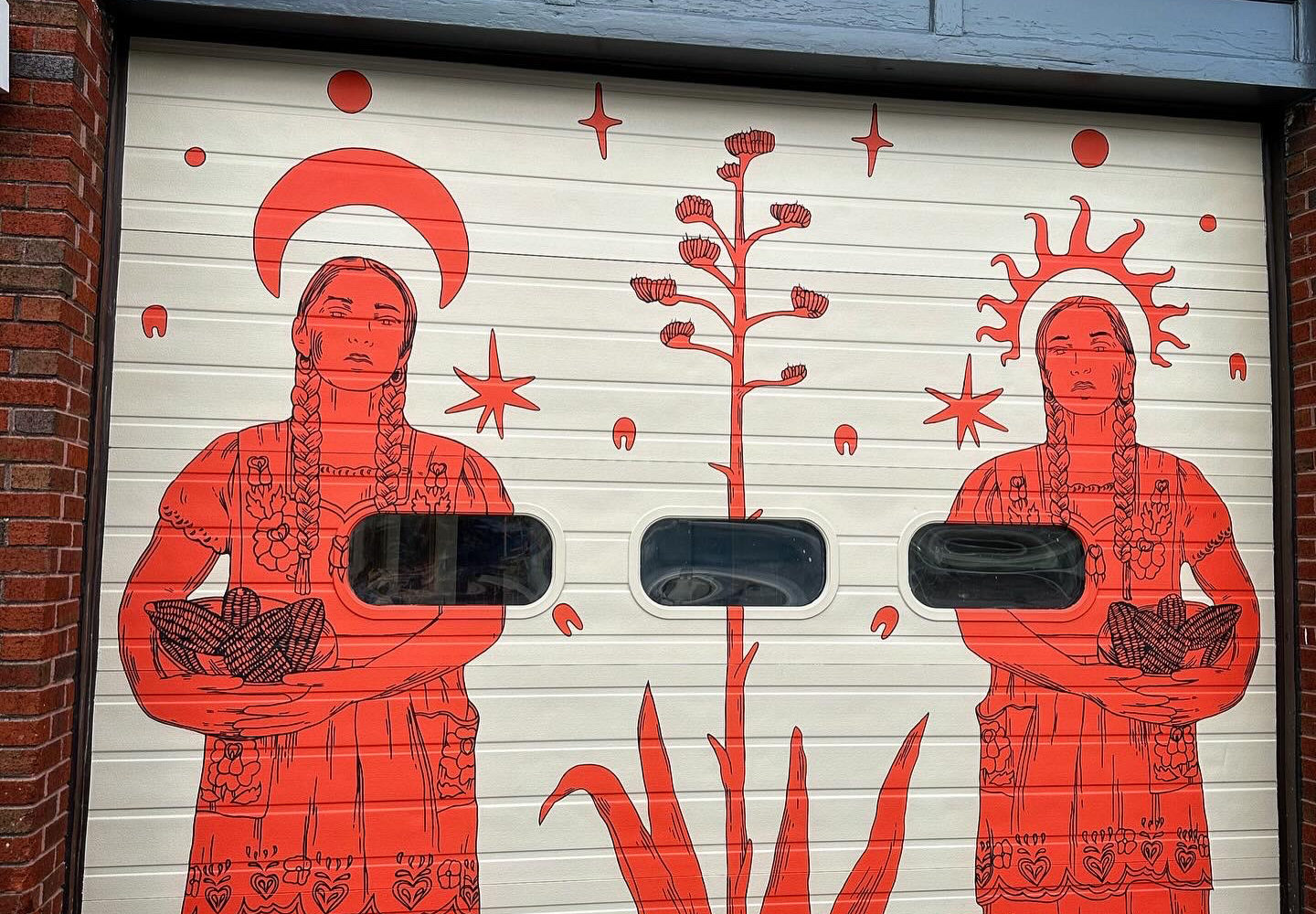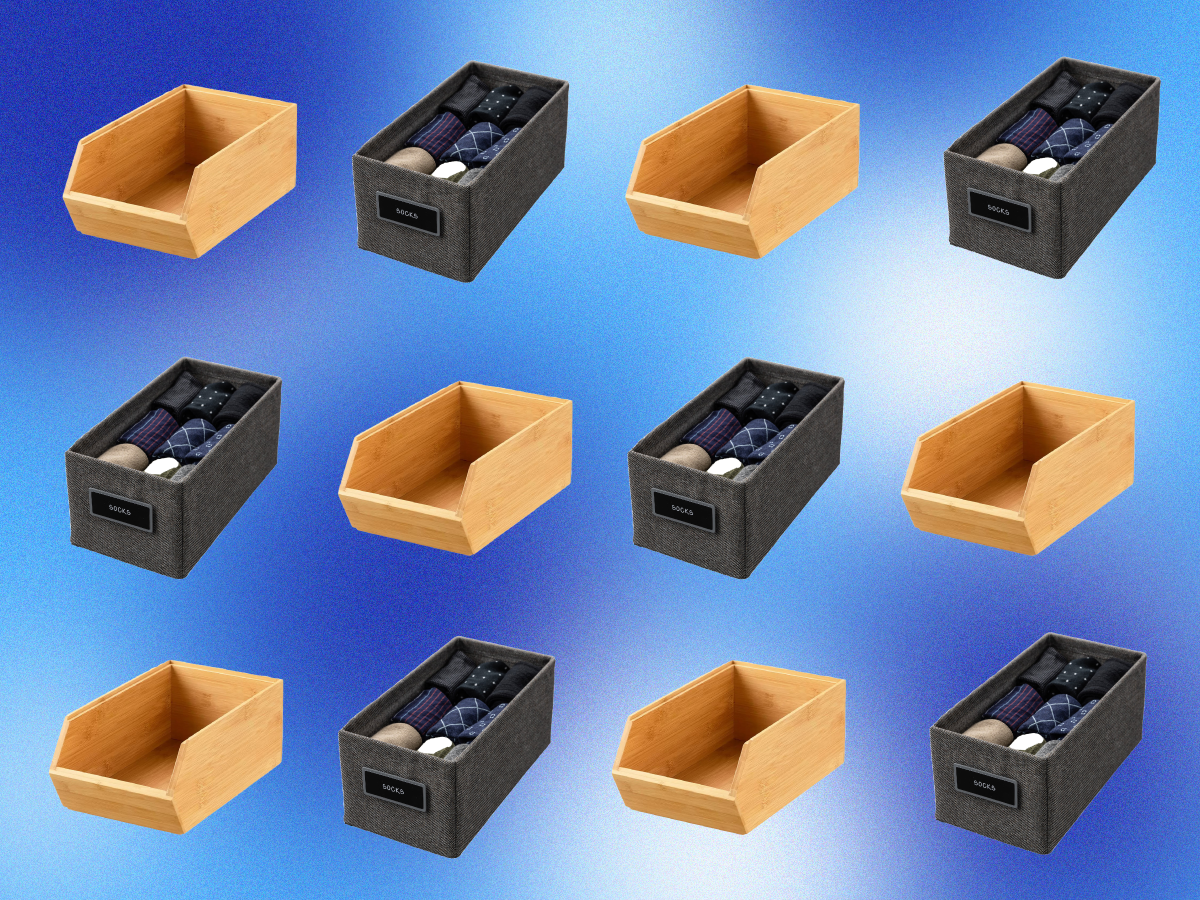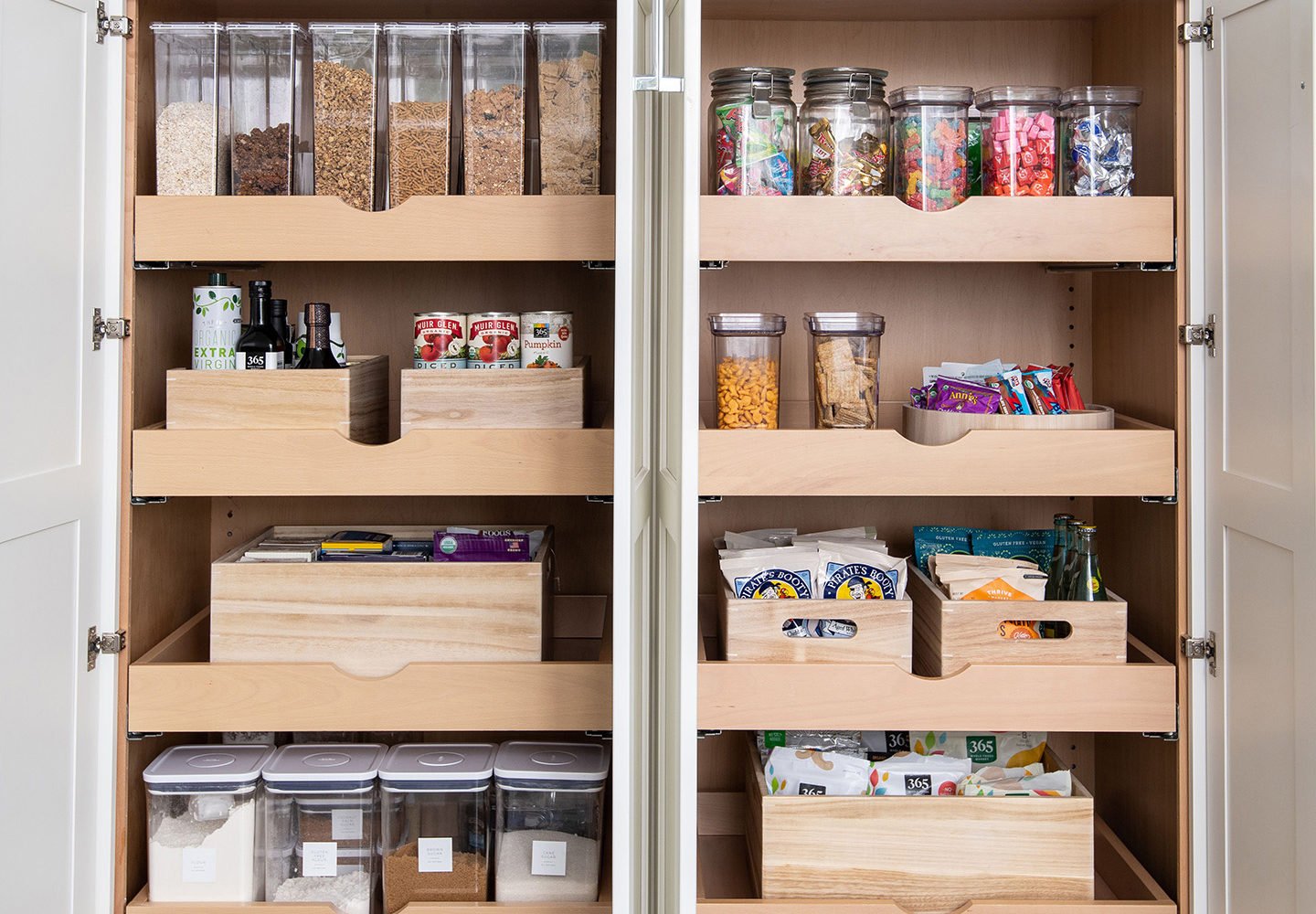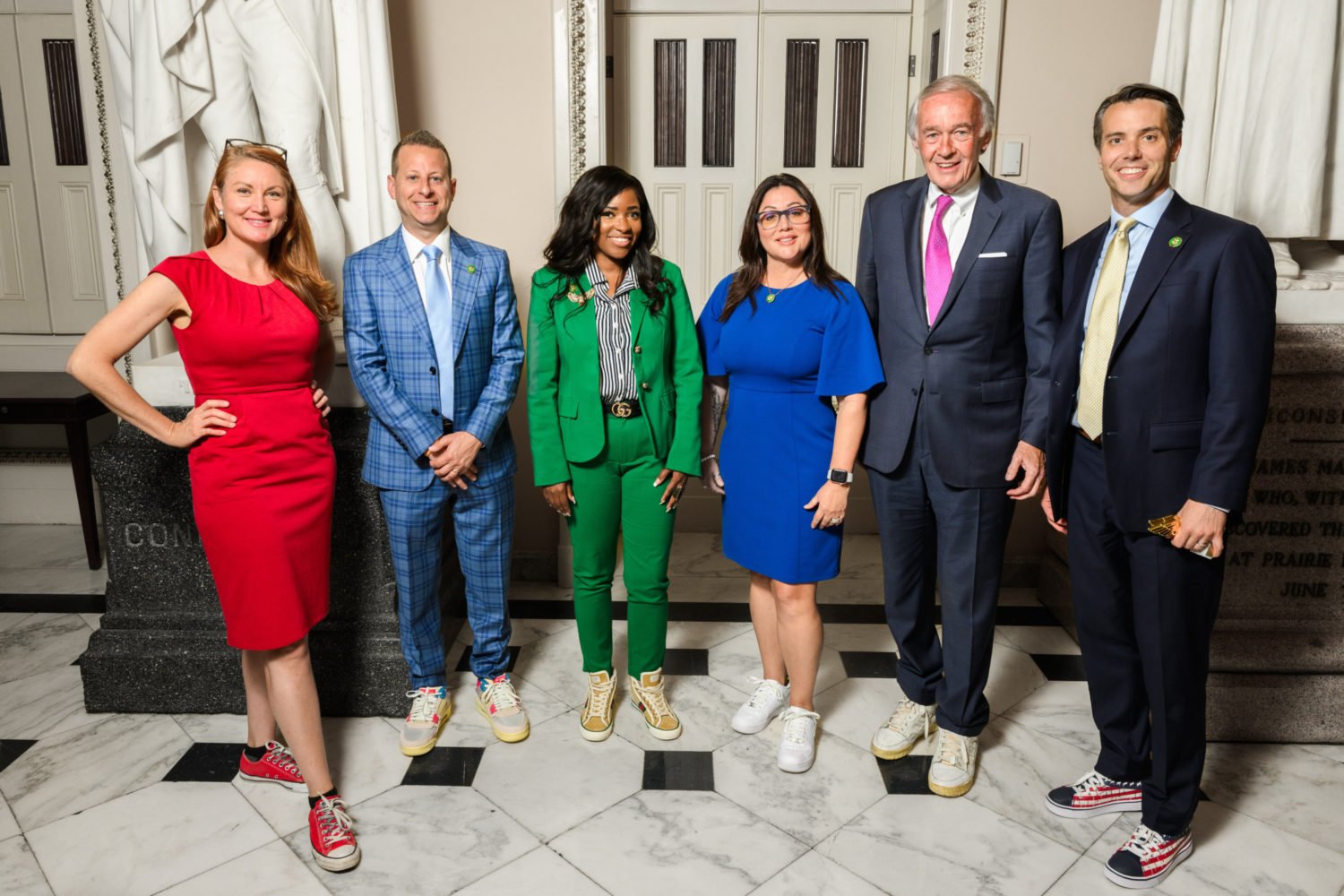What happens to all the stuff you toss?
Step 1: Haulers take recyclables from your curb to facilities throughout the area. For instance, if you live in DC, Alexandria, or Arlington, they end up in Elkridge; in Montgomery County, they go to Derwood; in Prince George’s County, to Capitol Heights.
Step 2: Once at the recycling plant, the trucks dump their loads onto a “tipping floor”—an outdoor bay with a mountain of cans, bottles, old newspapers, and other detritus.
Step 3: A conveyor belt feeds it all into a Rube Goldberg–type machine that winds throughout the building.
What is and isn’t recyclable?
Cardboard: Among the most valuable recycled material, cardboard is sorted by size, then heads off to be baled. In our area, much of it winds up at a port in Baltimore, where it’s shipped to China. Lisa Kardell, director of public affairs for Waste Management, says this is cheaper than recycling it domestically.
Paper: This is separated from three-dimensional materials by screens. Workers pick through a river of paper as it streams past, culling out plastics and other items that don’t belong. Some paper is shipped to Southeast Asia to be pulped and made into holiday wrap, cereal boxes, and product packaging.
Plastics: These are sorted by type. Scanners check the identity of each piece, using infrared technology to tell water bottles from milk jugs, for instance. Computers activate air jets to blow items into the correct bunkers.
Metals: Overhead magnets pull out coffee cans and other metals. Those head to a plant that separates the tin and steel and melts them down. Aluminum cans are repelled off the conveyor belt using an electromagnetic field, then blown into a bunker to be baled and sold.
Other Items: When all the sorting is done, the leftover toilet seats, sneakers, garden hoses, and other trash get trucked to a waste-to-energy plant, where they’re burned. The actual recyclables are baled and sold in one-ton cubes destined for a new life.
This article appears in the February 2018 issue of Washingtonian.

